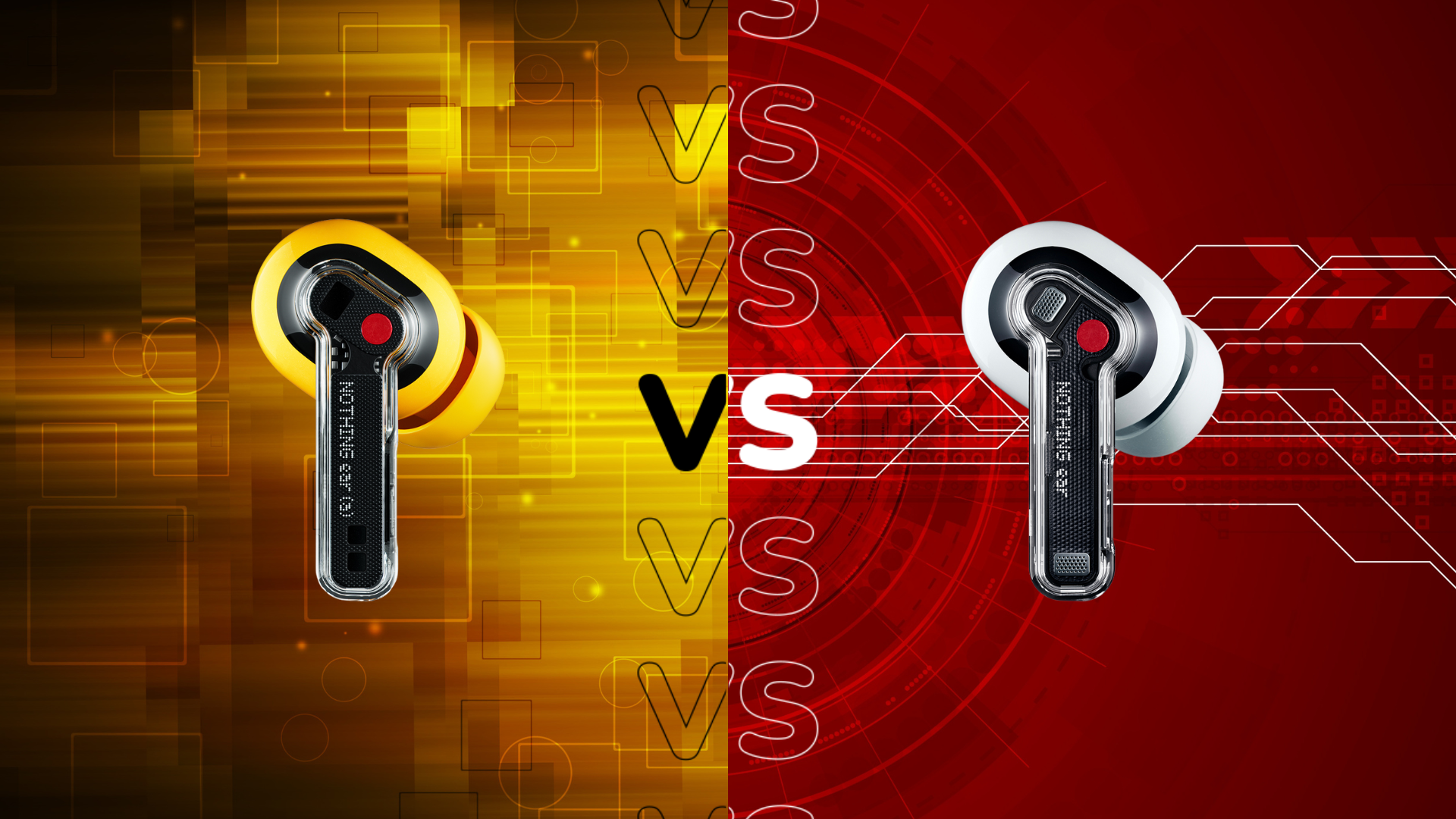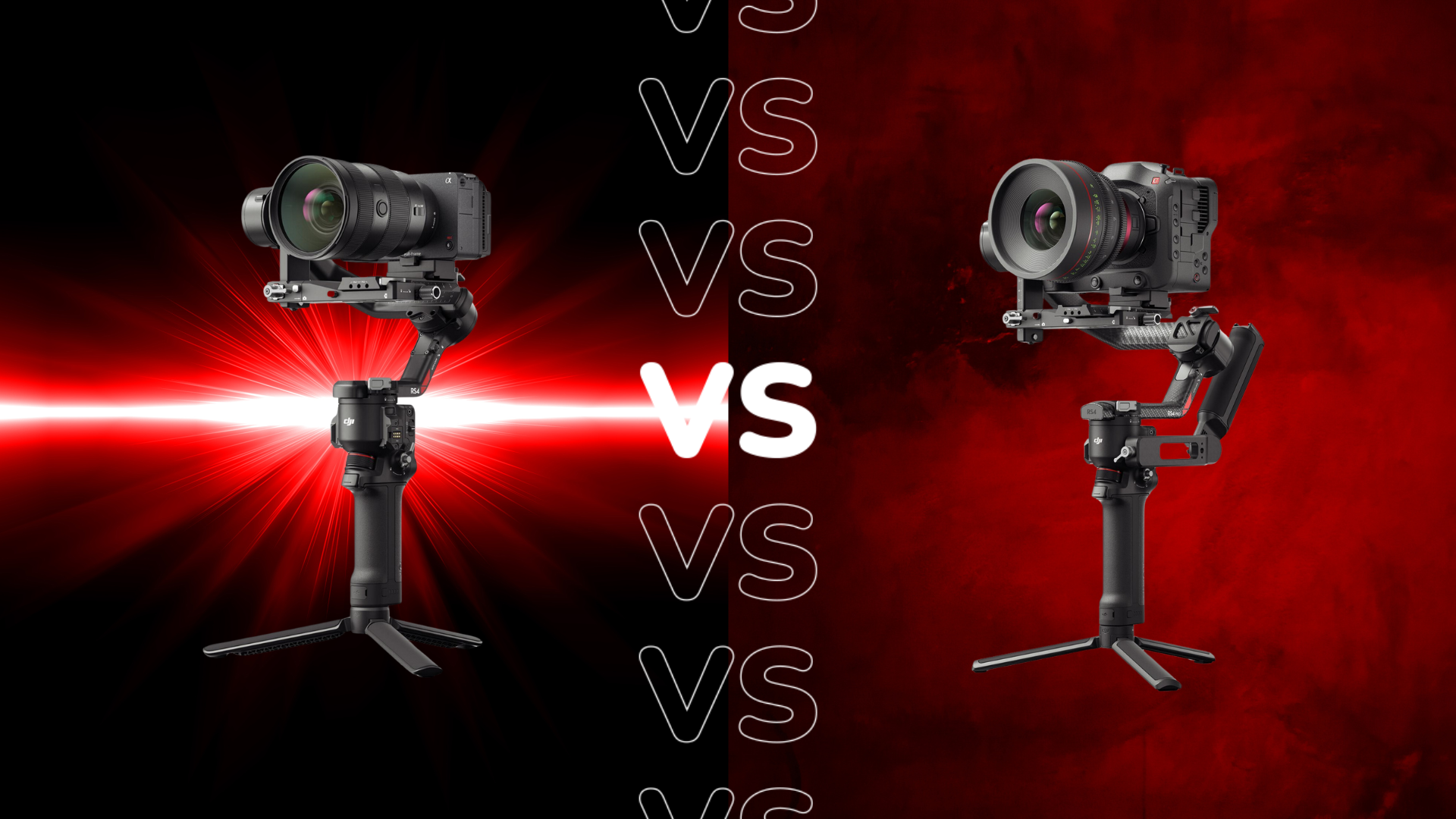Nikon Z7 II vs Nikon Z6 II: What’s the difference?
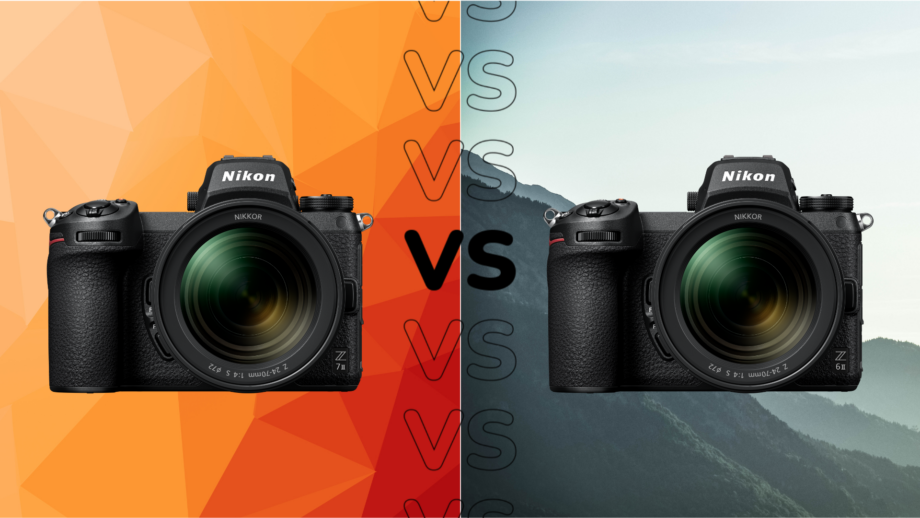
If you’re looking to buy a new mirrorless camera, you might be considering Nikon’s Z range. The Nikon Z7 II and the Nikon Z6 II are two cameras that sit right in the middle of that line-up having launched in 2020.
The Z7 II and the Z6 II are virtually identical in design, with the same controls and the same number of screens. However, there is some variation in the specs that has the Z7 II costing a lot more.
We’ve put together this guide to break down all the main differences between the two cameras so you can decide whether the Z7 II or the Z6 II is best for you.
Pricing and availability
Both the Nikon Z7 II and the Z6 II were announced in October 2020 and went on sale shortly after that in November 2020.
The Z7 II has an RRP of $2999/£2899, while the Z6 II is priced at $1999/£1929. That makes the Z6 II about $1000/£970 – or a third – cheaper than the Z7 II.
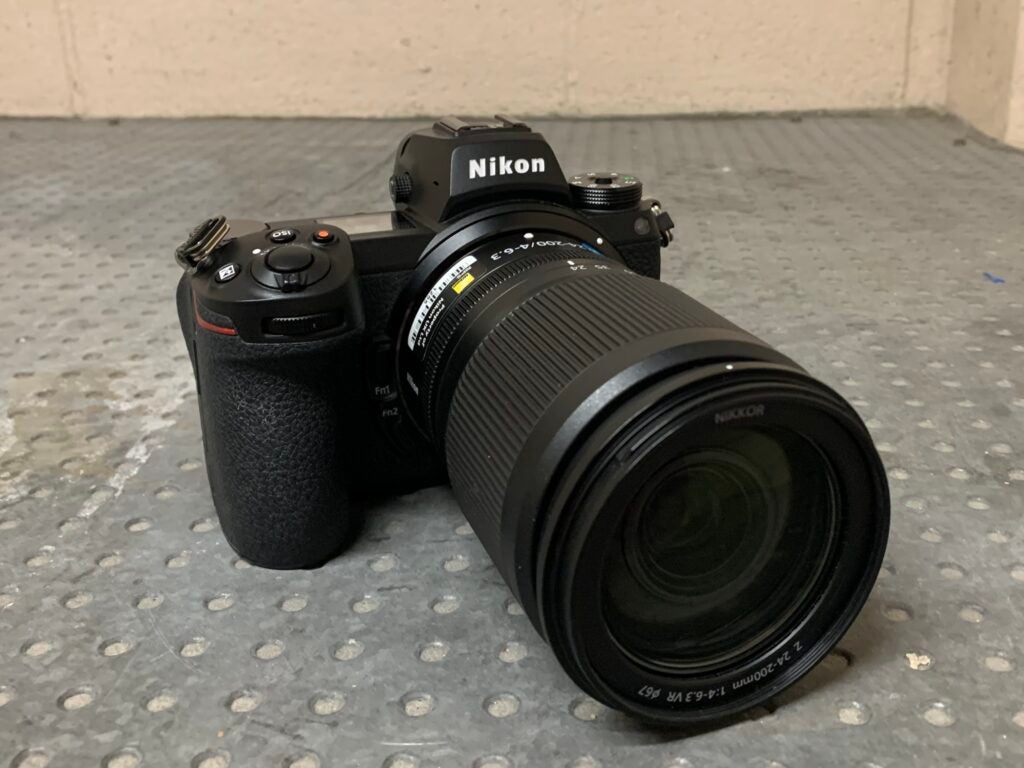
Design and display
The Nikon Z7 II and the Z6 II are identical when it comes to design.
Both cameras have slim and lightweight magnesium-alloy bodies that are fully sealed against dust, dirt and moisture. Both also include a deep grip that makes it easy to support the camera with a range of Nikkor Z lenses attached.
The two cameras share the same combination of physical and touch controls and both benefit from a total of three displays – a 3690K-dot OLED EVF, a bright 3.2-inch LCD tilting touchscreen and a greyscale top display for checking your settings at a glance.
We found the controls to be comfortable and intuitive to use, though vloggers would do best to steer clear of the tilting touchscreen as it doesn’t flip out to let you monitor footage while filming yourself.
The Z7 II and the Z6 II each include a dual card slot with support for CFexpress cards along with regular SD cards, and both support USB-C charging.
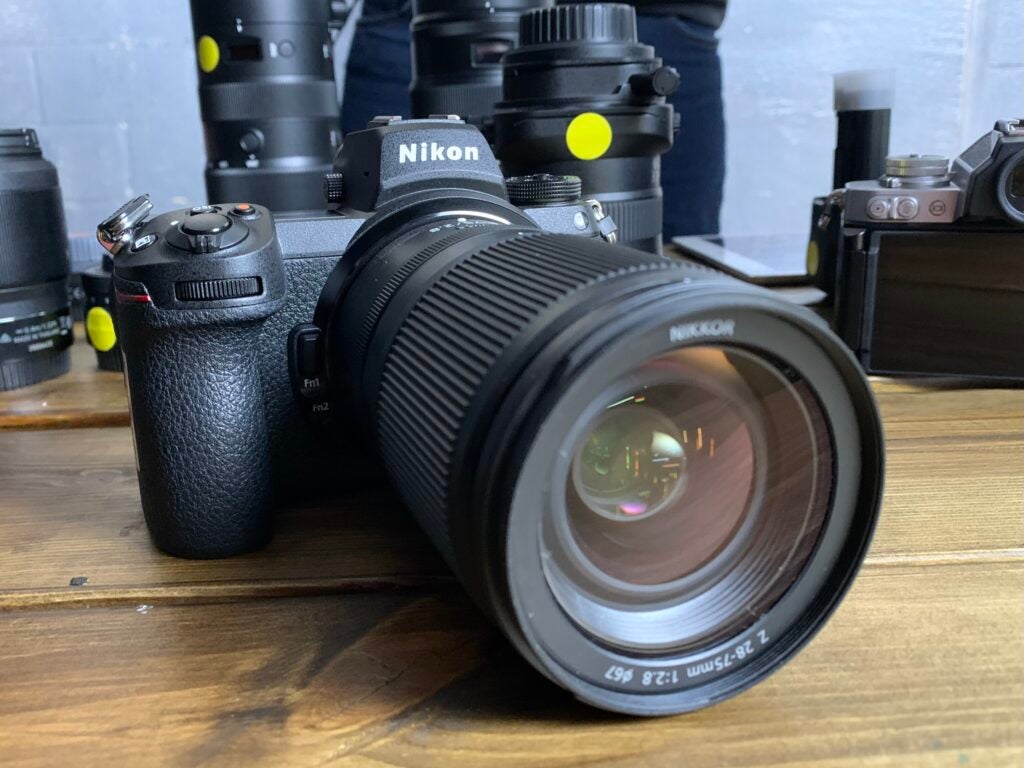
Specs and features
Where the two cameras begin to differ is in regard to specs.
The Nikon Z7 II has a high-resolution 45.7-megapixel full frame sensor – that’s almost twice the size of the 24.5-megapixel full frame sensor in the cheaper Z6 II. This makes the Z7 II the stronger choice for shoots that require more high-res results.
The Z7 II also has almost twice as many AF focus points as the Z6 II, with 493 to the Z6 II’s 273. That being said, we found the hybrid autofocus system to be very capable across both models.
The Z6 II, on the other hand, has a wider ISO range of 100-51200 compared to the Z7 II’s 64-25600 ISO range. This should give the Z6 II the upper hand when it comes to photographing in low-light environments.
The cheaper camera also has a faster burst mode, allowing the camera to shoot at speeds of 14fps at full resolution with AF and auto exposure to the Z7 II’s 10fps.
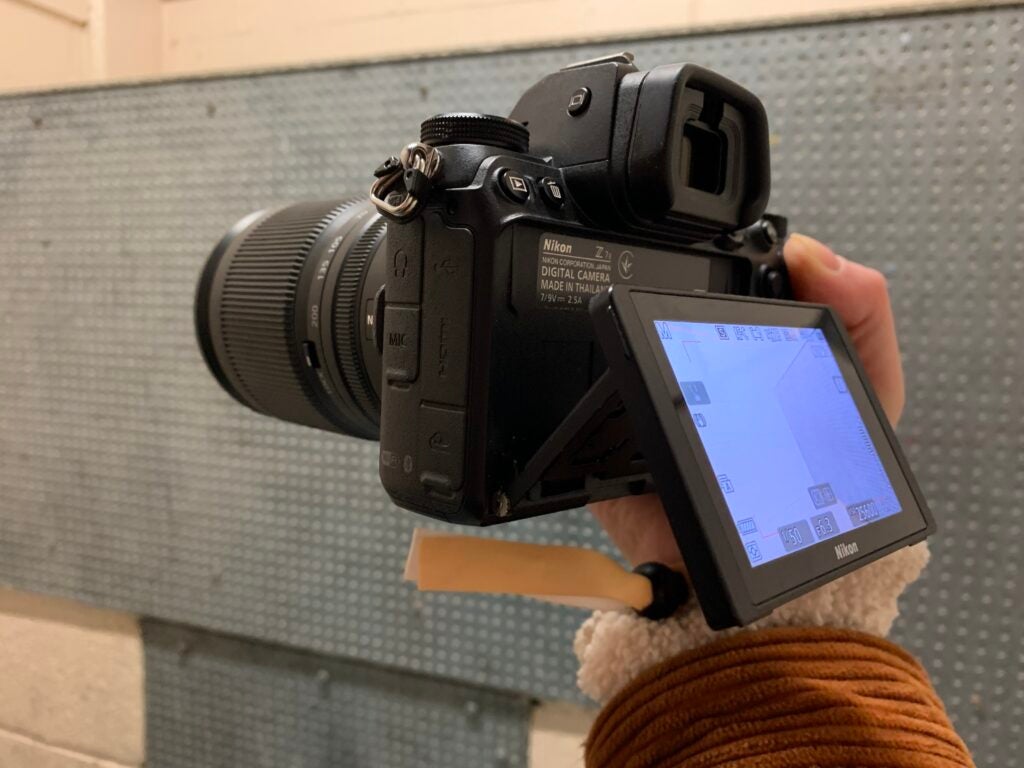
Image and video quality
We found images shot with the Z7 II to be sharp, clear and packed with detail. Colours were vibrant and there was plenty of texture to be found in skin, hair and fabrics when shooting portraits.

Likewise, photos captured with the Z6 II came out sharp and clear with the camera producing vibrant and punchy colours.

You can visit each of our first impressions reviews to see more photos shot with each of the Nikon mirrorless cameras.
When it comes to video quality, both cameras are capable of recording 4K video at up to 60fps. We only got the chance to test out the Z6 II in this regard, but found the footage to be incredibly sharp and vibrant.
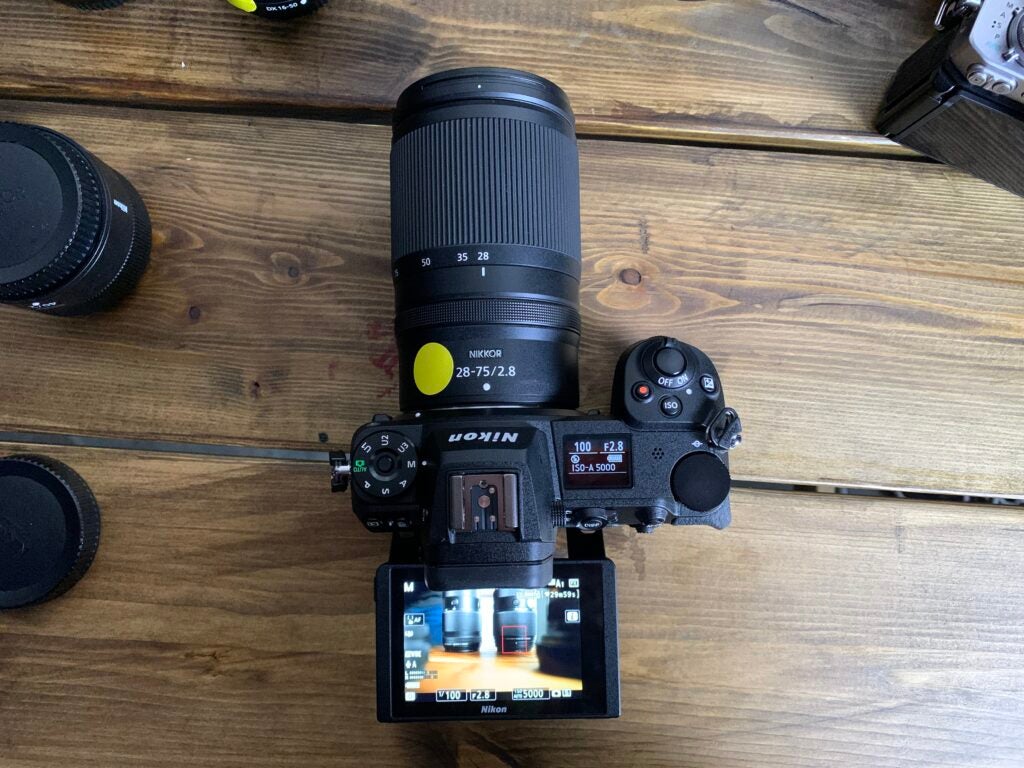
Early Verdict
The Nikon Z7 II and Z6 II are two very similar cameras that appear identical at a glance.
The main differences lie in their specs, with the Z7 II carrying a much larger sensor for high-resolution images, along with more AF focus points.
The Z6 II, meanwhile, benefits from a wider ISO range for low-light images and offers faster continuous shooting for capturing moving subjects. The Z6 II is also around £1000 cheaper, making it the better choice for those on a tighter budget.



